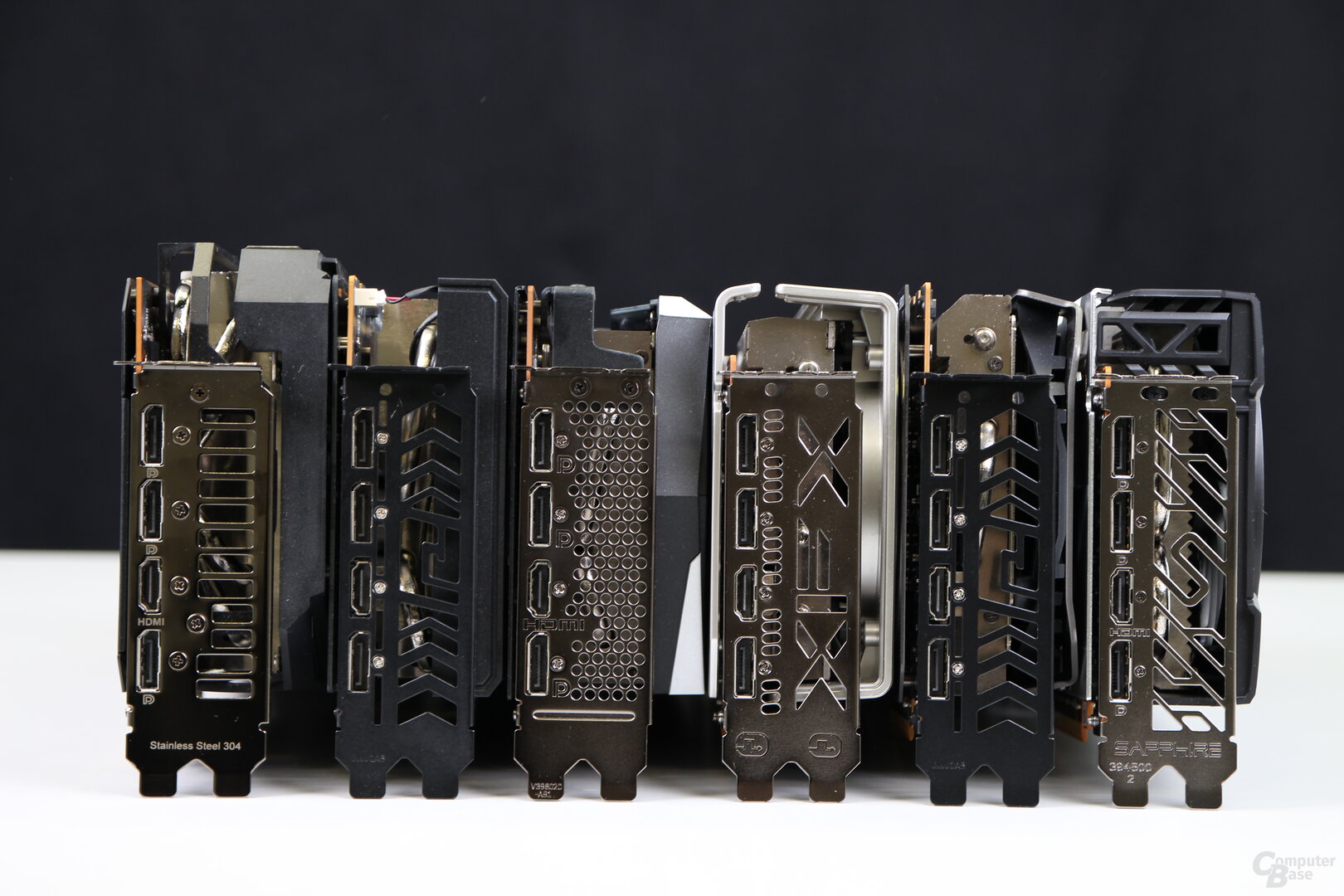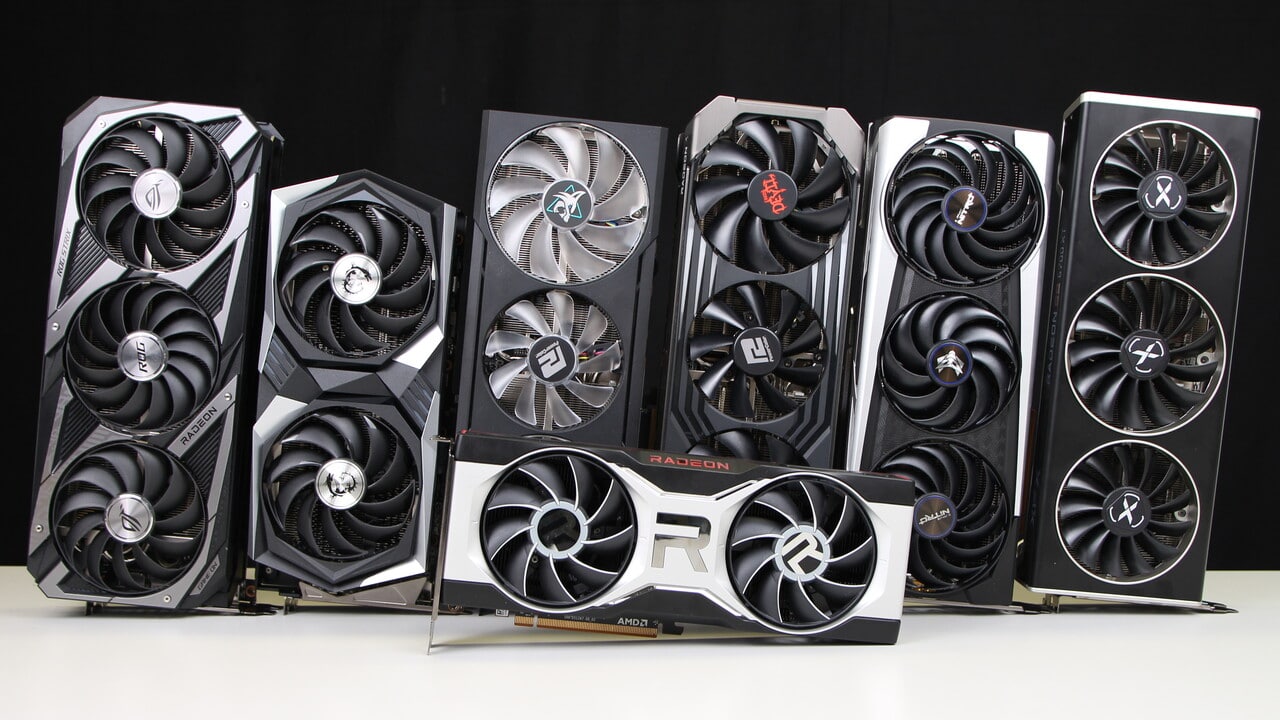6 Custom-Designs der Radeon RX 6700 XT “titleonly”
: Test |CUP | Specs |Config
ComputerBase tested six custom designs of the AMD Radeon RX 6700 XT from Asus, MSI, PowerColor, Sapphire and XFX. Strix, Gaming X, Hellhound, Red Devil, Nitro+ and Merc 319 are almost equally fast in benchmarks, but there are big differences in the cooling system and its volume. Not every variant is convincing.
The reference design against custom designs in the test
While AMD’s Radeon RX 6800 series addresses the high-end gamer, RDNA 2 penetrates the performance segment with the Radeon RX 6700 XT (test). The graphics card is placed exactly between Nvidia’s GeForce RTX 3060 Ti (test) and GeForce RTX 3070 (test) and has both advantages and disadvantages compared to the competing products.
AMD’s reference design does a decent job, but there is still room for improvement, because the manufacturer has cut the cooling system very significantly compared to the Radeon RX 6800, which only consumes 30 watts more.
Before the editors take a look at a total of six different custom designs, the obligatory note must be made at this point: Nobody can buy the Radeon RX 6700 XT and almost any other graphics card anyway. And if they do, then only at absurdly high prices. The situation will not change anytime soon.
Custom-Designs von Asus, MSI, PowerColor, Sapphire und XFX “titleonly”
ComputerBase tested six different custom designs and compared them with AMD’s own design. The XFX Radeon RX 6700 XT Merc 319 was already able to prove itself in the market launch test, now five more partner cards are following: Asus has sent the Radeon RX 6700 XT Strix OC into the race, MSI the Radeon RX 6700 XT Gaming X, PowerColor with the Radeon RX 6700 XT Hellhound and the Radeon RX 6700 XT are two offshoots as well as Sapphire the Radeon RX 6700 XT Nitro+.
Asus, MSI, PowerColor and Sapphire in comparison
Of the six custom designs, five are flagship models, only the PowerColor Radeon RX 6700 XT Hellhound is not and thus stands out. While the Red Devil, which was also tested, is a classic flagship model, the Hellhound is the successor to the Red Dragon, which is placed on the market more cheaply – even if this is not currently reflected in the purchase price, if there is one.
Die Asus Radeon RX 6700 XT Strix OC
Asus is going all out with the Radeon RX 6700 XT Strix OC, because apart from small adjustments, the same Strix cooler is used as in the larger counterparts of the Radeon RX 6900 XT Strix and GeForce RTX 3090 Strix, which also has a positive effect on the optics and haptics. Accordingly, the Radeon RX 6700 XT Strix OC is the largest and at the same time heaviest custom design, which, in addition to the large cooler, offers the prettiest RGB lighting in the test. With a TGP of 210 watts and an optional additional +15 percent, Asus also offers a lot of leeway for the GPU and the clock rates are among the highest in the test field. The graphics card has two BIOS versions, with the alternative Quiet BIOS differing only in a fan control that is optimized for volume.
Die MSI Radeon RX 6700 XT Gaming X
While all custom designs actually use the largest possible cooler, MSI takes a completely different approach with the Radeon RX 6700 XT Gaming X. Yes, like on numerous other AMD and Nvidia graphics cards, the current Gaming-X cooler is used, but instead of three there are only two axial fans, so that the graphics card at 28 cm is also clearly the shortest custom design in the test is. Apart from that, the cooler structure is the same, which also brings with it the current Gaming X plastic look and the simple RGB lighting.
MSI has increased the TGP of the Radeon RX 6700 XT Gaming X with 210 watts by 24 watts compared to the reference design, but at the same time is the only one of the custom designs to limit the further increase in the driver from plus 15 percent to plus 10 percent. There is no second BIOS on the MSI card.
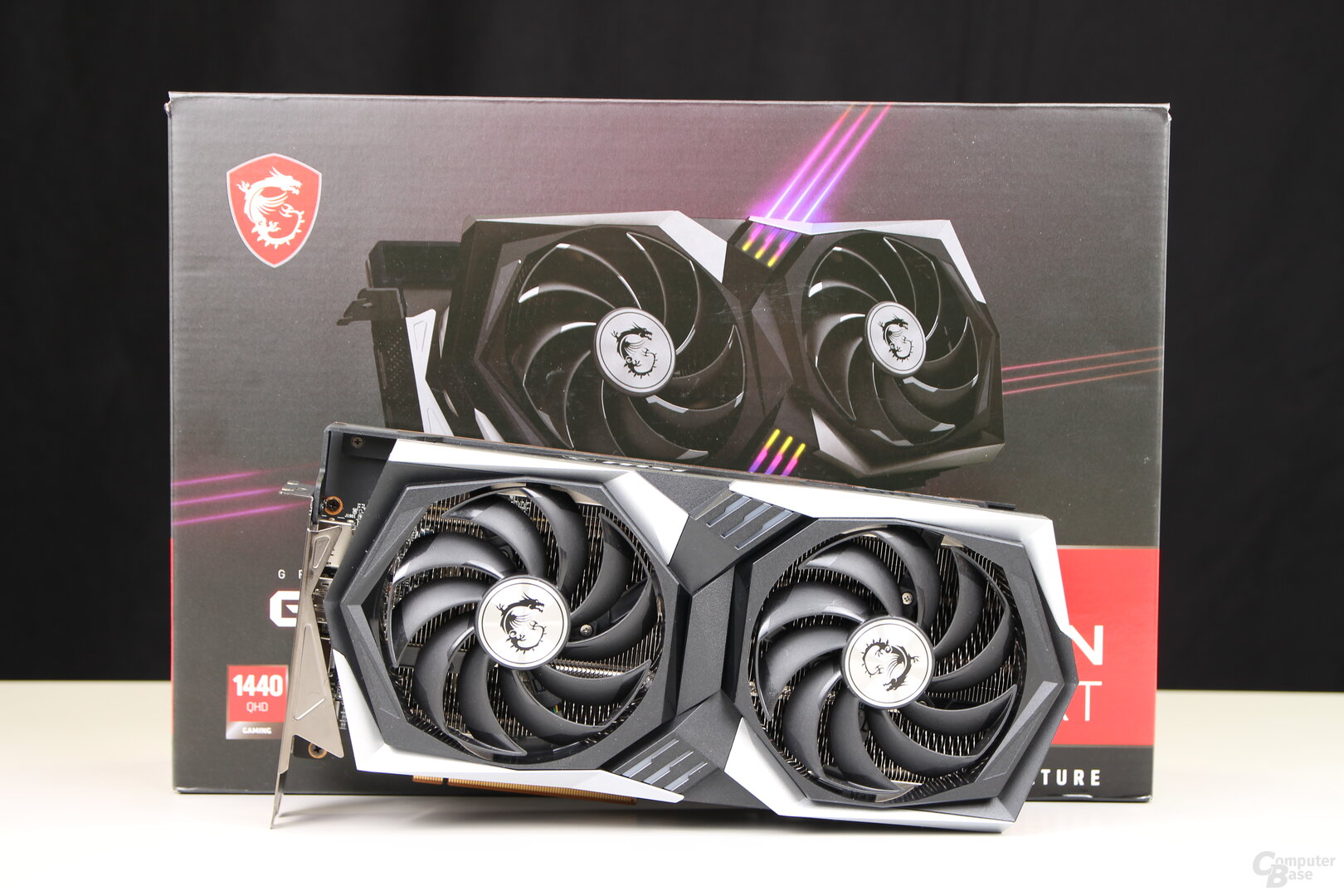
PowerColor Radeon RX 6700 XT Hellhound
The PowerColor Radeon RX 6700 XT Hellhound is the new budget model and this is visually noticeable. The feel of the graphics card is not of high quality and the look is kept simple. With the blue illuminated LED fans, the whole thing looks a bit cheap. Fortunately, the lighting can be deactivated using a switch on the card itself.
However, the Radeon RX 6700 XT Hellhound should not be underestimated, because apart from the look and feel, the graphics card is of high quality. The cooler, for example, has a lot in common with the Red Devil’s counterpart and has only been slightly slimmed down. One heat pipe less and a minimal amount of cooling material – that’s it. Accordingly, Hellhound and Red Devil weigh almost the same. PowerColor has not increased the TGP compared to AMD’s reference specifications, which remains at 186 watts. There is no second BIOS.
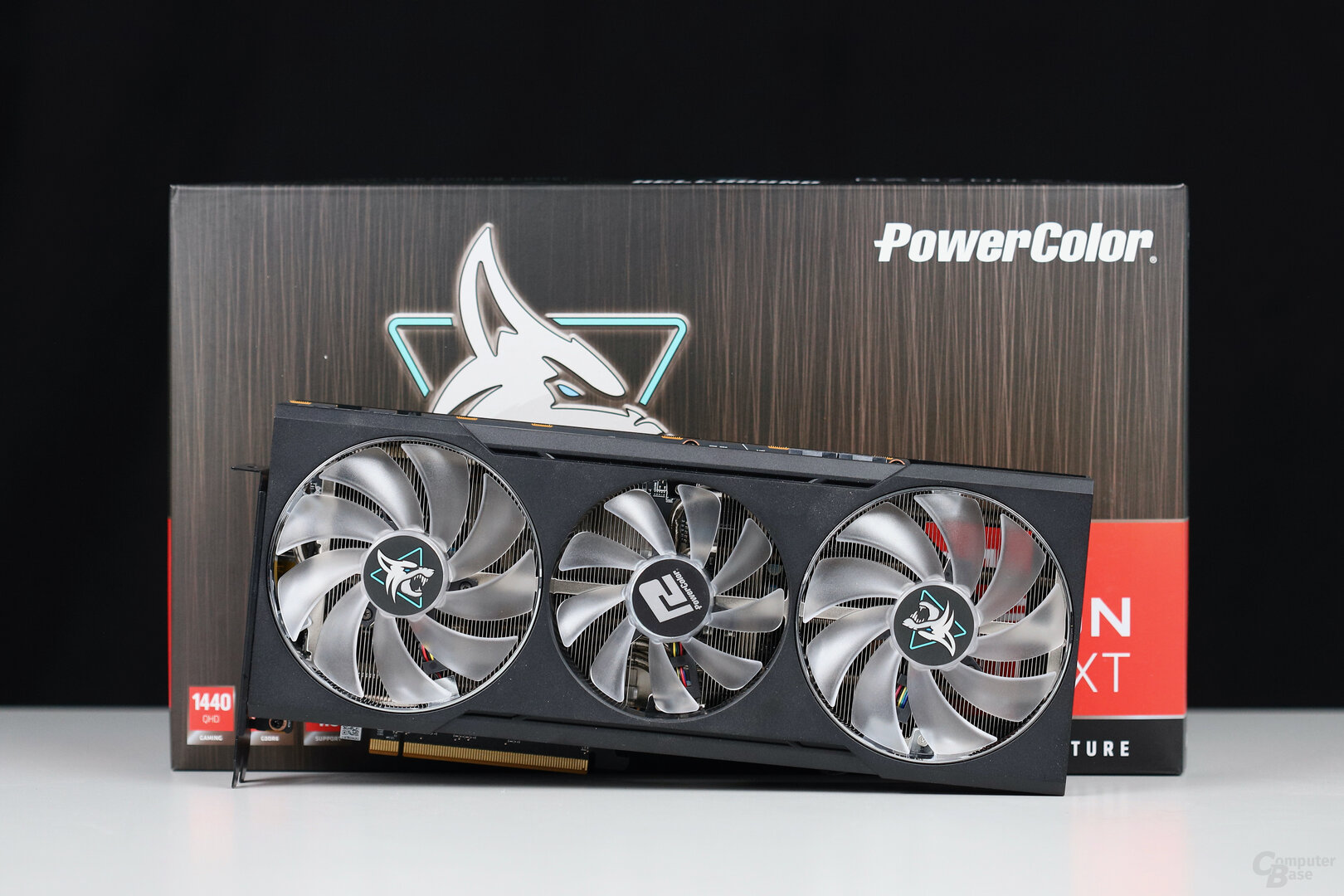
Die PowerColor Radeon RX 6700 XT Red Devil
Unlike the Hellhound, the PowerColor Radeon RX 6700 XT looks much higher quality and offers the best look and feel in addition to the Asus Strix. The cooler is a slimmed down version of the Red Devil offshoot of the Radeon RX 6800 series, which has a comparable structure but is not quite as wide and therefore uses less material. The comparable cooler means good cooling performance for the Radeon RX 6700 XT Red Devil, but at the same time the RGB lighting takes some getting used to, although it can be switched off. As usual, PowerColor installs two BIOS versions. The OC-BIOS offers a higher TGP and thus more clock, while the silent BIOS leaves the TGP at the reference level and the fans rotate slower accordingly.
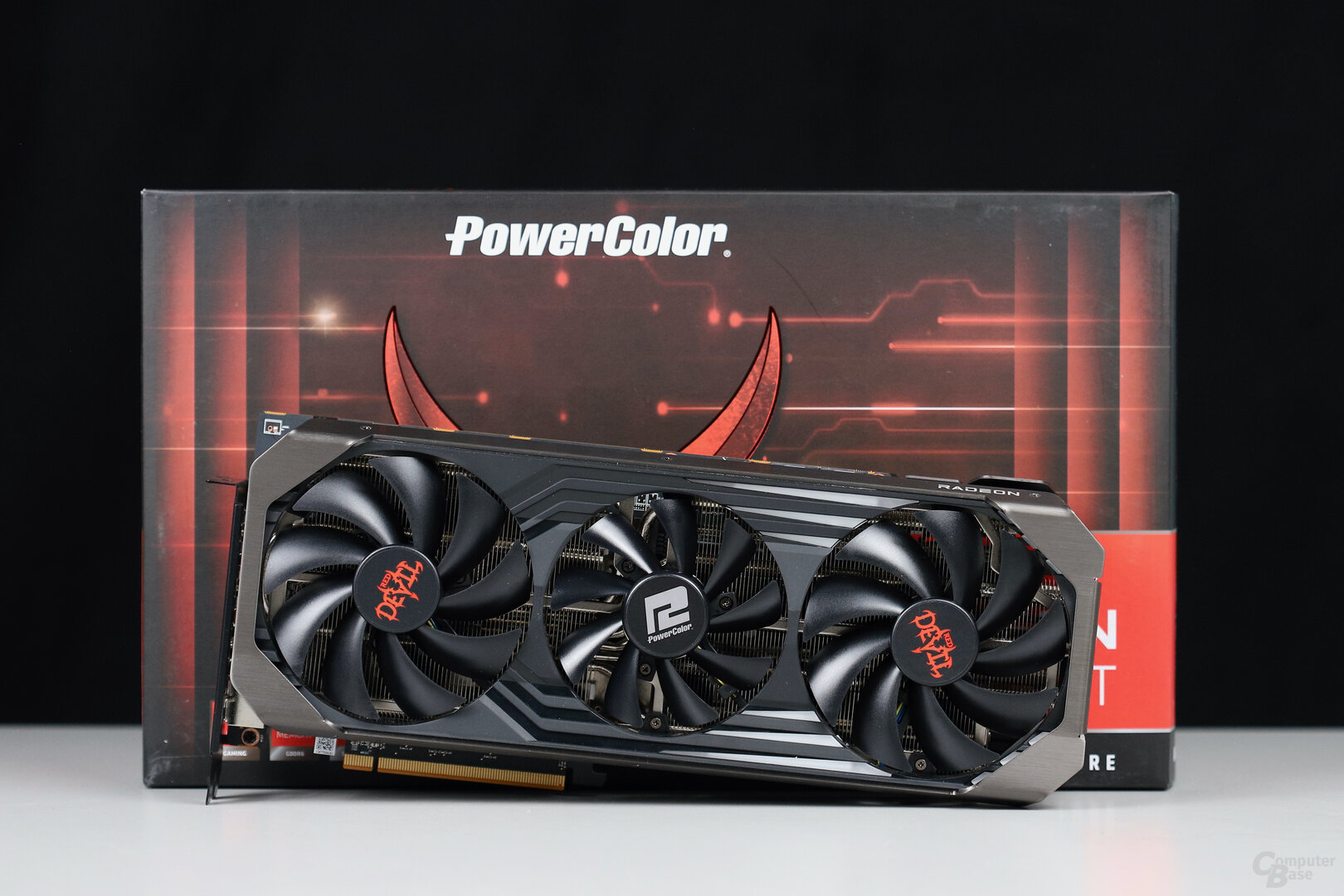
Die Sapphire Radeon RX 6700 XT Nitro+
With the Radeon RX 6700 XT Nitro+, Sapphire copies the design of the Radeon RX 6800/6900 (XT) Nitro+, but does without some heatpipes and also some width. The cooling principle, including the new fans, will continue to be used, which is a sign of good cooling performance, but doesn’t bode well for the look and feel. Because Sapphire only uses plastic as a cover for the Radeon RX 6700 XT Nitro+, which doesn’t look very high quality. The optically chic RGB lighting can (partially) make up for this.
The Radeon RX 6700 XT Nitro+ offers two different BIOS versions, one with AMD’s reference TGP and one with an increased TGP of 211 watts, which is also the factory setting. Interestingly, Sapphire is the only manufacturer to use an eight-pin and a six-pin power connector, while all other custom cards use two eight-pin connectors. However, Sapphire’s assembly is completely sufficient, even including overclocking.
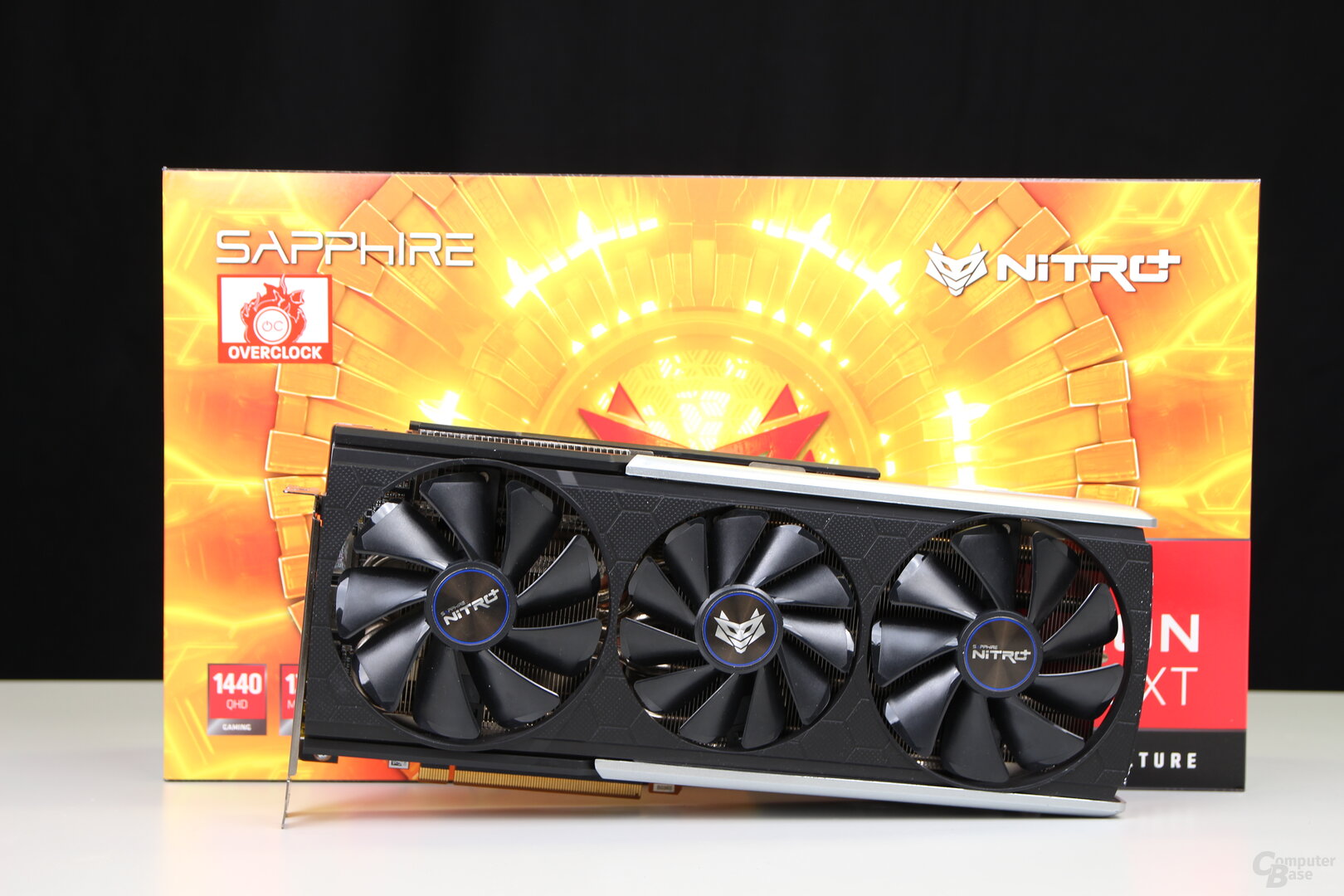
This is how the custom designs of the RX 6700 XT clock in games
Even the fastest custom designs don’t clock much higher than AMD’s reference card. This is simply because it already has a very high clock rate and high energy efficiency is still guaranteed. As a result, the scheduled TGP slows down the reference card only slightly and sometimes not at all. Accordingly, the leeway for the board partners is limited, since a simply higher TGP works very well with the Radeon RX 6800 models, but with the Radeon RX 6700 XT the effect is small. And since the clock can only be increased slightly regardless of the TGP before it crashes, the hands of the manufacturers are tied there.
The clock differences are small with the RX 6700 XT
And so all custom designs in games clock very similarly to almost the same. In Borderlands 3, for example, the XFX Radeon RX 6700 XT Merc 319 has the highest clock, which averages 2,568 MHz. Asus Radeon RX 6700 XT Strix OC, MSI Radeon RX 6700 XT Gaming X and Sapphire Radeon RX 6700 XT Nitro+ are each at 2,566 MHz, but the PowerColor Radeon RX 6700 XT Red Devil is not really behind at 2,554 MHz.
The dilemma becomes even greater when you consider that the reference design of the Radeon RX 6700 XT clocks at 2,478 MHz, not even 4 percent lower than the fastest custom model. One can imagine that the FPS differences will hardly exist. And in Cyberpunk 2077 and Watch Dogs: Legion, the differences are even smaller or no longer exist at all.
The Hellhound is a bit out of the ordinary
The PowerColor Radeon RX 6700 XT Hellhound is a little out of the ordinary, because despite the same TGP as the reference design, the card clocks a little lower than the reference design in all four games. With 2,445 to 2,478 MHz, the difference in Borderlands 3 is not high, but it is there. Either the GPU needs a little more voltage for the same clock, or the PCB works less efficiently. Because the PowerColor Radeon RX 6700 XT Red Devil and the Sapphire Radeon RX 6700 XT Nitro+ also clock slightly higher than the Hellhound with the alternative silent BIOS and thus identical TGP.
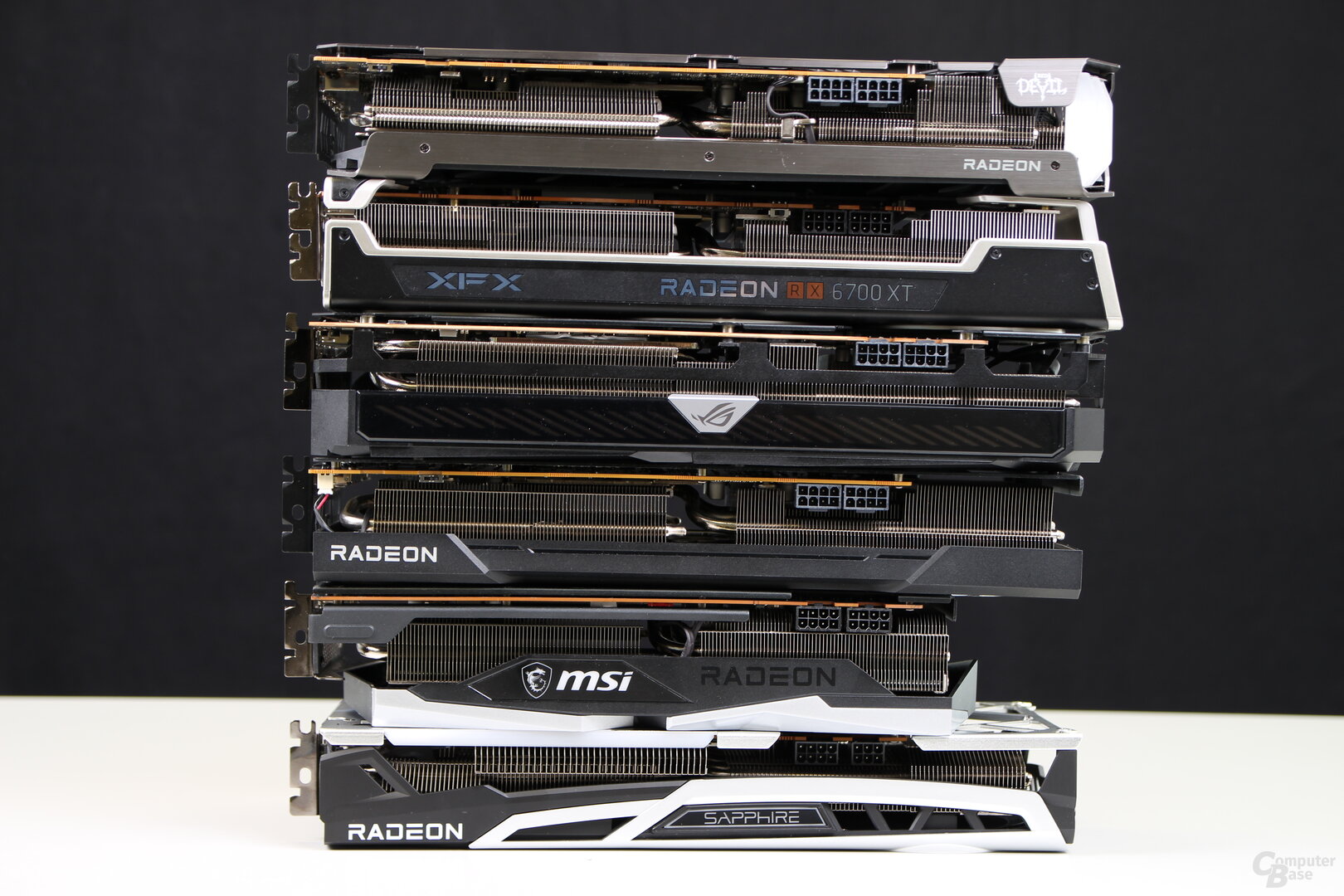
The power connectors of the Radeon RX 6700 XT Customs
image 1 from 2

